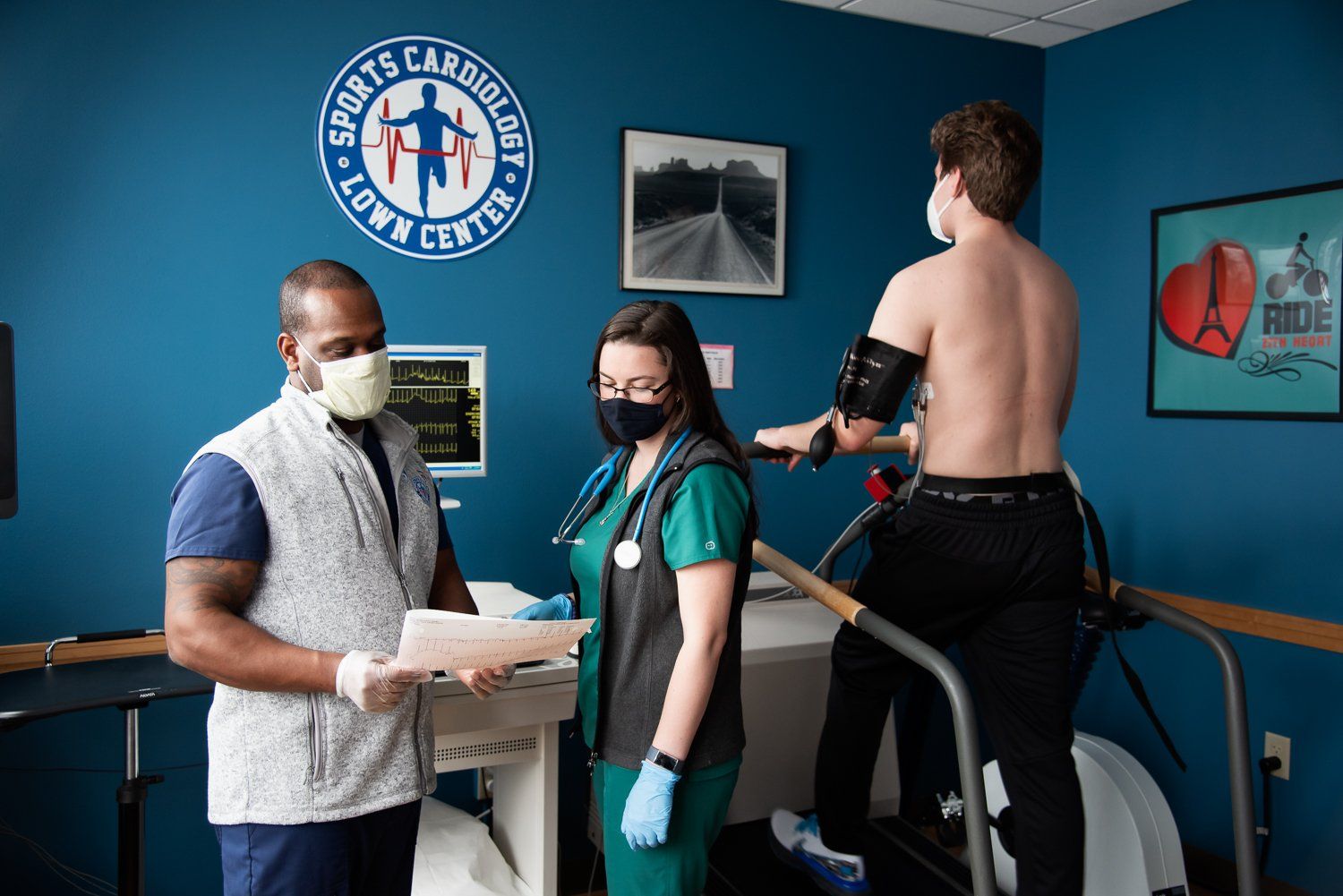Exercise Tolerance Test (ETT)
Exercise Tolerance Test (ETT)
Stress tests are used to check for abnormal blood flow to the heart due to blocked heart arteries, and to check the heart’s response to exercise. The most common type of stress test involves walking on a treadmill to increase heart rate and blood pressure. Stress tests provide information that may not be apparent on a resting electrocardiogram. Results of a stress test may help explain symptoms that you have reported to your physician.
The test takes approximately one hour from start to finish, including preparation time. Wear (or bring) comfortable clothes and walking shoes. Eat a light meal before the test (do not fast) and take your usual medications unless otherwise directed by your physician. Be sure to drink sufficient water before the test so that you will be well hydrated. A shower and towels are available if you would like to shower afterward.
City skyline
Purpose
Your doctor uses an exercise stress test primarily to determine if your heart receives enough oxygen and proper blood flow when it needs it most, such as when you are doing something more strenuous such as exercising. Often ordered for people experiencing chest pains or other symptoms of coronary heart disease, this test helps doctors decide on the next steps.
Your doctor may also use an exercise stress test to determine your baseline level of health, especially if you start a new exercise regimen. The doctor can learn what level of exercise to recommend so you can handle it safely.
Hospital Affiliations
The Lown Group is closely affiliated with the Brigham and Women’s Hospital and Harvard Medical School. Our Board-Certified physicians hold teaching positions at Harvard Medical School and faculty appointments at Brigham and Women’s Hospital. In the event of hospitalization or invasive procedures, we will make every effort to admit our patients to the Brigham and Women’s Hospital, where our physicians will see hospitalized patients daily to provide continuity between the hospital and clinical setting.





